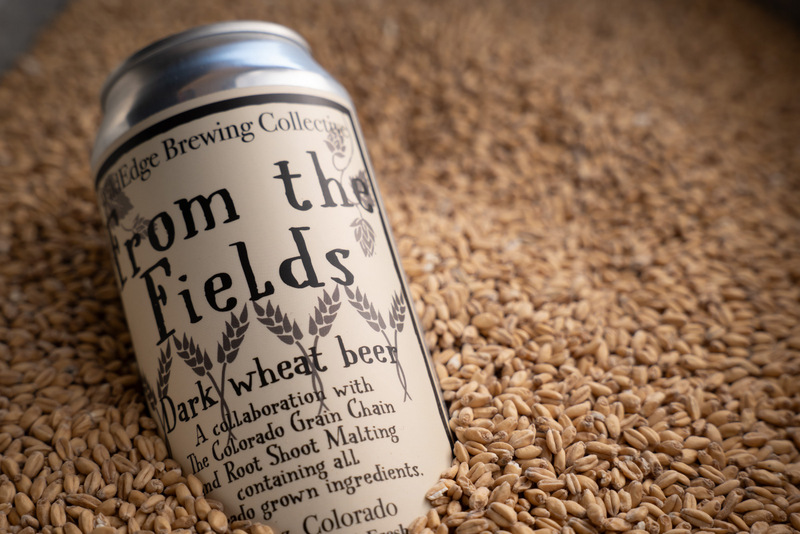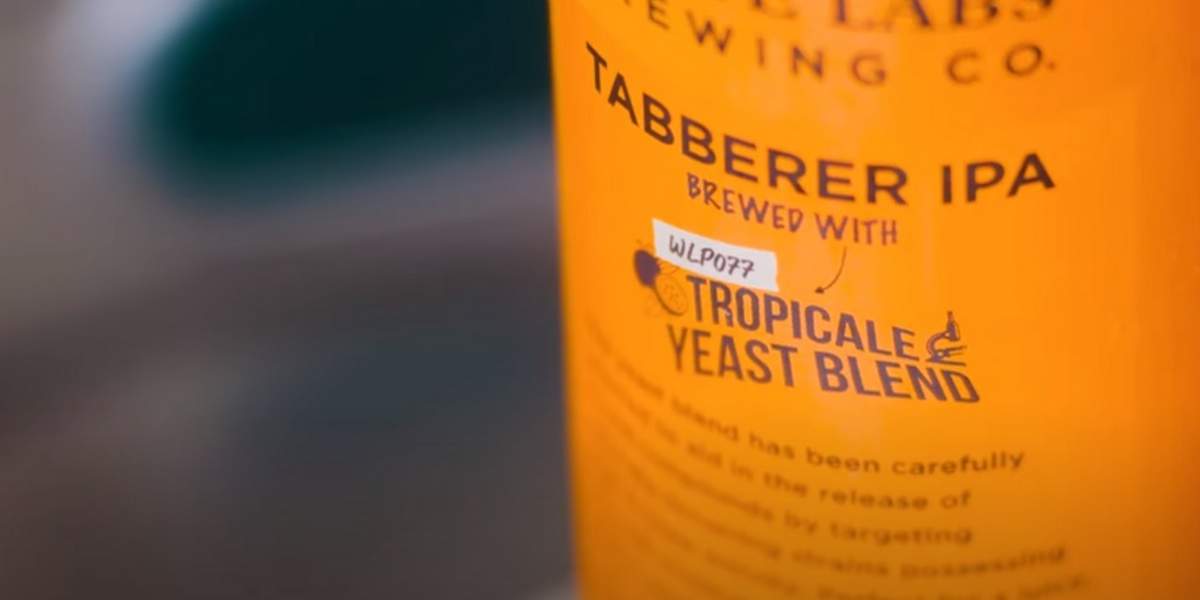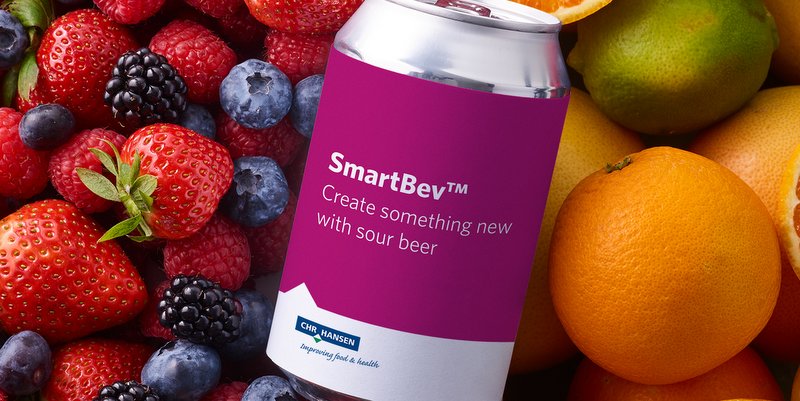
I love a good ghost story because beneath the scares and horror is a trippy notion that what happens in life matters and things left behind carry the history of everything that came before it in some way. This is also why I love a good yeast story, in which brewers quite literally infuse this micro-organic essence into an entirely new, consumable living thing.
But what if …. what if these brewers have accidentally unearthed something wicked in this yeast hunting process? And what if … what if you’ve already ingested one of these beers, brewed with a sinister yeast? What does this mean for you? Your children? Your great great grandchildren? The future of humanity?
I mean, you’re probably safe, but if you did possibly infuse your beer and/or soul with a haunted spirit, it probably came from one of these yeast strains. Using the CBB team’s expertise of horror and sci-fi tropes, this ranking combines the yeast’s likelihood for carrying a dormant horror and also that horror’s potential for widespread devastation on humanity. Enjoy!
4. Dusty old Civil War chest yeast
No better place to unearth a horror than from the U.S Civil War. The Oozlefinch Craft Brewery in Fort Monroe, Va., brewed an English Bitter with yeast that assistant brewer Rachel Edwards nabbed swabbing the walnut chest of Gen. Benjamin “Beast” Butler at the Casemate Museum at Fort Monroe, located right near the brewery. As Edwards put it: “It really intrigued me, the whole idea of, you know, pulling something wild outside, being able to manipulate it and let it mutate so that you’re creating beer with it.”
The concept was great because it is in line with the Oozlefinch brand, which pays tribute to the history of Fort Monroe. The name Oozlefinch is a reference to the tale of Captain H.M. Merriam who swore he saw a strange, large-eyed bird outside the Fort Monroe Officers’ Club. The outlandish tale quickly spread throughout the community, and the bizarre creature, dubbed the “Oozlefinch” by other officers, became the mascot of the club. The Oozlefinch rose to mythic status on Fort Monroe and regular sightings reportedly occurred.
At press time, there were no reports of any other “sightings” … yet.
3. Shipwreck yeast
This is a popular one because there’s nothing like a buzz from the site of a centuries-old tragedy. The Sydney Cove shipwreck, for example, involved a vessel traveling from Calcutta, India, to Port Jackson, Australia, with a cargo of food, textiles, livestock and booze. As if preserved by some evil force in the hopes of one day being discovered to unleash a plague upon humanity, some of the bottles survived for centuries on the seafloor until they were retrieved in the 1990s. Researchers at the Queen Victoria Museum and Art Gallery in Tasmania, which also hosts an exhibit about the wreck, captured a live yeast from some 200-plus-year-old bottles of beer, but we don’t know with complete certainty the yeast came directly from the old beer and is not instead an unusual contaminant effect. I suppose we’ll just wait for that plague to find out.
Or how about the S/S NEVA in 1861, which was on its way to St. Petersburg, Russia, and included ale from more than 30 breweries. Off the coast of the Danish island Laesoe she met the Danish S/S L.N. Hvidt in stormy weather. NEVA’s captain North misunderstood the signals from L.N. Hvidt and was hit hard by the Danish vessel. S/S NEVA went down in less than 10 minutes, all hands were saved by L.N. Hvidt. More than 150 years later the Danish diving team Ternen, found and retrieved these beers. The first couple of bottles popped open, but they managed to find a way to salvage the rest, so that the liquid stayed inside.
“The old wrecks have so many good salty stories to tell, and we thought it would be a unique opportunity to let people taste history,” said Stig Thornsohn, Dive Team Ternen Project director.
But … what else did they salvage? Ask Danish craft brewery Mikkeller, which has locations in San Diego and New York. They teamed with yeast- and fermentation-producers White Labs and the Ternen for Wreck Ale, which used this yeast unearthed from the briny deep.
2. A yeast ensconced in amber 45 million years ago
Back in the ‘90s, a leaf was discovered trapped in a chunk of amber dating back some 45 million years (this was a big thing in the ’90s), and thanks to Dr. Raul Cano, a molecular biologist and retired Cal Poly San Luis Obispo professor, a yeast was successfully extracted and revived. The first batches brewed by the scientists’ newly founded company, Fossil Fuels Brewing Co., were rough. Cano and the independent brewers he brought aboard quickly discovered that such yeasts are difficult to use, unpredictable and, as brewer Ian Schuster put it, “high maintenance.”
“It needs to be roused,” Schuster said. “That’s the one reason why it’s been challenging and has different tastes at different temperatures. A lot of modern yeasts are like that, but this is much more.”
We haven’t followed up with this story in a few years, but we assume there is now an entire island of docile IPAs waiting for us all to come down and innocently try them out.
1. Outer space yeast
Several years ago, Ninkasi Brewing Co., loaded a rocket with 16 vials of brewer’s yeast. A series of unexpected circumstances led to tracking issues, leaving the payload lost on the floor of the Black Rock Desert for 27 days. Due to the extreme desert heat, the yeast was not viable for brewing. Surely not an ominous sign at all.
An opportunity for Mission Two presented itself with UP Aerospace Inc., a private spaceflight corporation, and in October 2014, six vials of brewer’s yeast traveled above earth’s atmosphere from Spaceport America on an SL-9 rocket. Reaching a maximum height of 77.3 miles above earth, the payload containing the yeast touched back down and was immediately transported to Ninkasi’s lab to begin propagation and brewing. This yeast has been used to brew Ground Control Imperial Stout.
“The Ground Control legacy continues to evolve as we discover new ways to play with the nuances of this beer,” said Jamie Floyd, Ninkasi cofounder and founding brewer. “This year, we aged the beer in Woodford Reserve Bourbon Barrels and blended it with 10 percent fresh Ground Control to enhance the characteristics of the cocoa nibs, hazel nuts and star anise.”
Hey, no harm in scientific exploration of the universe right? I’m sure it’s totally free and clear of any alien substances that will Thing-like take over our bodies one by one until it begins harvesting our planet.





Leave a Reply
You must be logged in to post a comment.